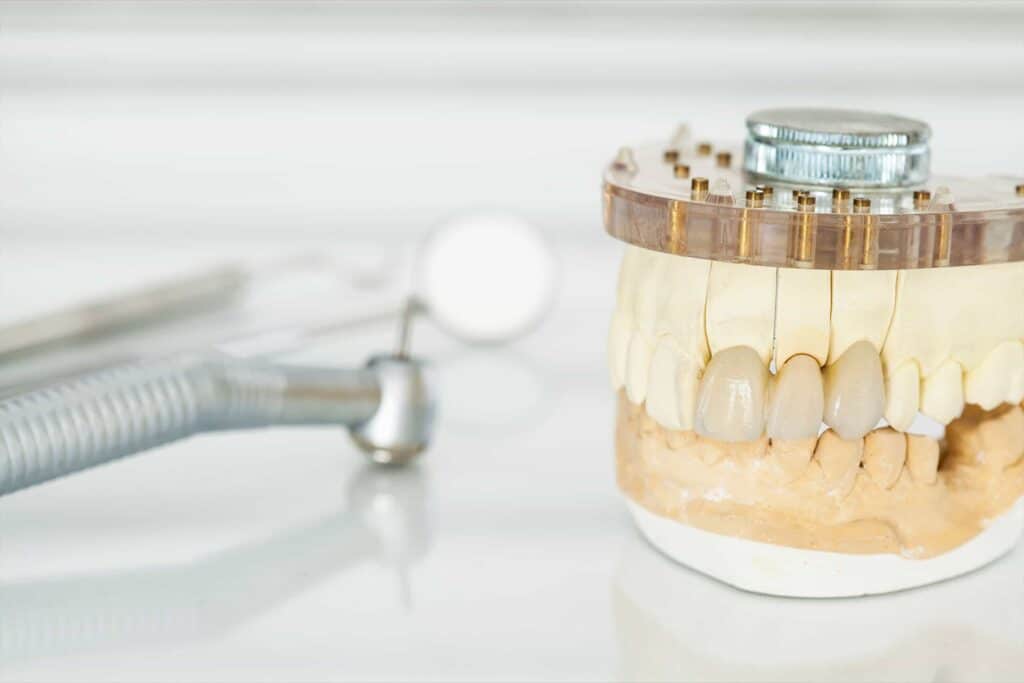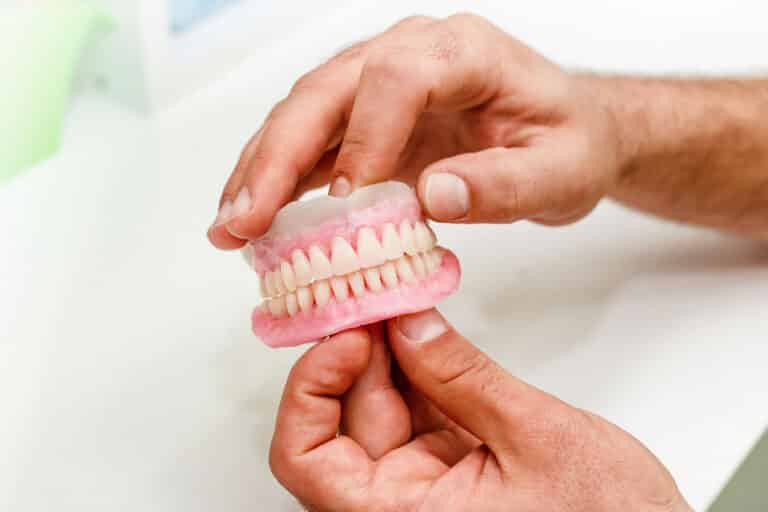Like teething babies, kids lose and gain teeth at different ages and times. However, there are general ages at which kids begin to lose their teeth, and when parents understand what’s considered normal, it makes it easier to determine if your children are on the right track.
Your child will begin to lose their baby teeth around six, but it’s not uncommon for it to happen earlier. The first teeth most children usually lose are the very front teeth or central incisors, followed by the eruption of the first permanent molars. As the permanent first molars, also known as the six year molars, breakthrough it can sometimes be painful. The last baby tooth will usually come out around 12 years old.
Parents shouldn’t put their children on a strict “schedule” or worry if teeth exfoliate early. Baby teeth falling out late isn’t necessarily a problem, however it can be a problem if a retained baby tooth is preventing the normal eruption of the adult tooth. However since all children develop differently, you shouldn’t worry too much if your child’s exfoliation pattern isn’t perfectly on schedule. If you do have any concerns, you should consult your dentist and have your child go to regular checkups to ensure the natural exfoliation is progressing normally.
When Do Kids Lose Their Front Teeth?
Also called the bottom and top incisors, the center teeth usually fall out in the age range of six to eight. The sharp teeth next to them (cuspids, canines) and the first molars fall out later, between nine and 12.
Some parents show concern over missing front teeth, primarily regarding events like special occasions or family/school picture day. Rest assured, every child goes through this and it is perfectly natural to see children around the age of six without a front tooth. Given enough time, they will erupt into place. There is no set time for the front incisors to come in, but parents can get a general idea from averages.
The bottom front teeth, or the central incisors, tend fall out first with the upper central incisors following suit shortly after. It can be understandably frustrating if tooth eruption is delayed, but it’s not something that parents have much control over. Take solace in that they’re coming in, and it won’t be long until they finally come through.
In What Order Do Kids Lose Their Teeth?
The timing of losing teeth varies from child to child, but the pattern of tooth loss typically remains consistent. Tooth loss usually begins with the loss of the lower front teeth and then shows progression to the baby molars falling out last. The baby teeth become loose and are replaced over the next 6 or so years. In short, over the ages of six to 12, parents can expect a total of 20 baby teeth to fall out.
What Do I Do If A Loose Tooth Breaks And The Roots Are Still Present?
It can be unsettling when a loose tooth breaks and the roots remain intact. If part of a baby tooth comes out but you can still see fragments of the tooth left, don’t panic as this happens occasionally. If this happens, it is unlikely that the root fragments will be loose enough to simply be plucked out with tweezers. Typically the fragments are held in by something and needs to be extracted under local anesthesia. This is usually not an emergency as this is a minor procedure and most children are not in severe pain. However speak to your dentist to see what the next steps are.
How Do I Stop Bleeding From A Loose Tooth?
First, it’s entirely normal for a child to bleed due to a loose tooth. Many children wiggle their loose teeth around quite a bit. The constant movement can cause the tooth to fall out faster than it would if left alone. You’ll notice some bleeding if the tooth is still tied to the root. This is perfectly normal and the bleeding will most likely stop after some time.
However suppose you’ve got a tooth that comes out and stubbornly refuses to stop bleeding. In that case, you can do a few things to help it along.
- You can have your child swish warm salt water when the tooth comes out to help with the discomfort and bleeding.
- Have your child bite down on damp, clean gauze, helping the blood clot and stop the bleeding. If you don’t have gauze readily available, you can use a clean piece of damp cloth with the same results. Keep biting down on the gauze for the next 30 minutes. Make sure the gauze is damp so that it doesn’t stick to the clot and restart the bleed once removed.
- If that doesn’t work, place a damp black tea bag over the bleeding site and again bite down with pressure. The tannins within the tea will help stop the bleeding.
- Keep an eye on the clock! If the tooth is still bleeding after pressure and the black tea, call your dentist to check in. They’ll let you know if they think an appointment is necessary. Telehealth options are beneficial when this happens!
What Do I Do When A Baby Tooth Isn’t Loose But Can See The Adult Tooth?
Baby teeth that refuse to fall out can sometimes cause children issues. Their adult teeth are determined to poke through, but those baby teeth won’t budge.
In this case, you’ll want to contact your dentist, who may find it necessary to perform a tooth extraction. This method will cause your child less pain while mitigating damage to the surrounding nerves.
Overall, it’s common for problems to pop up here and there when kids lose their teeth, but with professional help, most of those problems are fixable!





